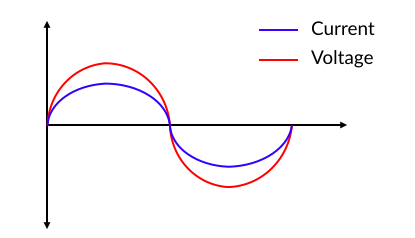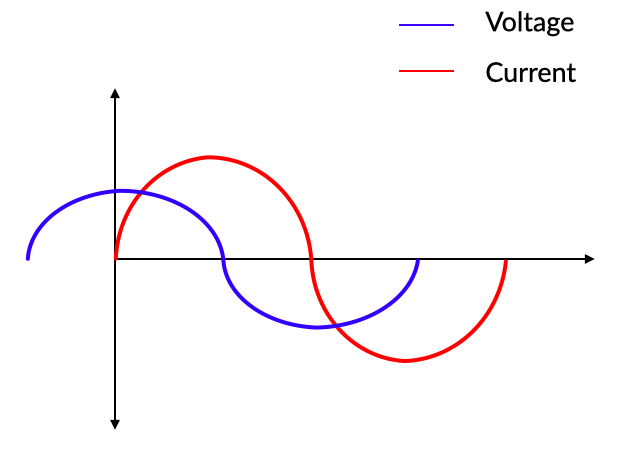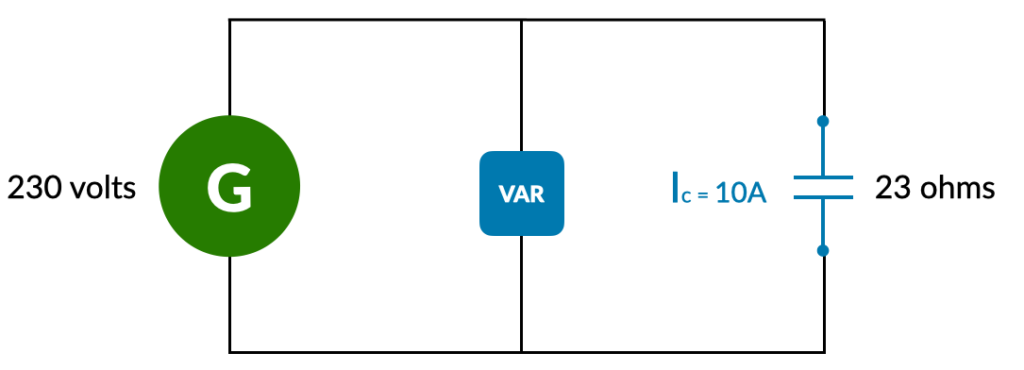Types of Electrical Load | Resistive, Inductive & Capacitive Load
Types of Electrical Load | Resistive, Inductive & Capacitive Load https://www.theelectricalguy.in/wp-content/uploads/2020/08/Electrical-Load-1024x576.jpg 1024 576 Gaurav J Gaurav J https://secure.gravatar.com/avatar/87a2d2e0182faacb2e003da0504ad293?s=96&d=mm&r=gIf we look at the nature of electrical load, we can classify them into 3 types. In this tutorial, you’ll understand resistive, inductive & capacitive load in detail. Also, I’ll highlight one of the very common misconception about a particular type of load. So, let’s start.
Recommend reading before moving on
Active, Reactive & Apparent Power
What is Electrical Load?
First, let’s understand what is Electrical Load? In the easiest language, anything that consumes electrical power is called as electrical Load. So that includes, light bulbs, computers, refrigerator, etc all these consumes electric power and hence we can refer them as electrical load. Now, if we look at the nature of such load, we can actually categories them in three different types. And those are.
- Resistive load
- Inductive load and
- Capacitive load
Resistive load
Let’s first understand the resistive load. Load which consumes only active power is called as resistive load. And if you look at the voltage and current waveforms of such load, you’ll find that, the voltage & current are perfectly in phase with each other.

Now when I say they are perfectly in phase, that means, both the waveforms reaches their peak value at the same time. They also reaches the zero value at the same time. One example is shown above.
As such type of load only consumes active power, power flows from Source to load only. There will be no power flowing from Load to source. Yes, in few cases power also flows from load to source, which I have explained in my active reactive & apparent power video.
As such loads only consumes active power, power factor of such loads is Unity! And which is a very good sign. If you want to know power factor in detail you can go through my complete playlist on Power Factor.
Example of Resistive load
Example of resistive load are
- Lights
- Heaters
Or any other loads that consist of only heating elements. Those are the examples of resistive load.
Properties of Resistive Load
Let’s see what are the properties of resistive load
- This loads consumes only active power
- Voltage & current waveform of such loads are perfectly in phase with each other.
- Power factor of such load is unity
- Power always flow from source to load
Inductive Load
Now let’s understand inductive loads.
Load which consumes only reactive power is called as inductive load. And if you look at the voltage and current waveforms of such load, you’ll find that, the voltage & current are out of phase with each other by 90 deg.

Now, when I say they out of phase, that means, both the waveforms reaches their peak value at different times. They also reaches the zero value at different times. If you look at the waveform you’ll find that voltage has head start then the current. We can also say current is lagging behind the voltage.
As such type of load only consumes reactive power, power can flow from Source to load or even load to source. Further, power factor of such loads is not Unity! Power factor of such loads is lagging in nature. And which is not a very good sign.
Example of Inductive Load
Let’s see few examples of inductive load.
Electric Motor
Fans
Washing machine, or anything that has a motor inside it.
Also, Reactors used in power system is an example of inductive load.
Properties of Inductive loads
Let’s see what are the properties of inductive load
- This loads consumes only reactive power
- Voltage & current waveform of such loads are out of phase with each other by 90 deg.
- Power factor of such load is lagging
- Power flows from source to load and load to source
This type of loads are not easy loads as the resistive loads. They creates lot of problem in the system. But of course they are equally important. Since, current lags behind the voltage by 90 deg in such type of loads, that makes switching of such load difficult. As we know, circuit breaker opens at current zero condition. If you look at the current & voltage waveforms of such load you’ll find that, when current is zero, voltage is maximum.
And hence, when circuit breaker opens at current zero, voltage across the breaker contact is maximum. Whereas, in case of resistive load both current & voltage becomes zero at same time. Therefore, switching such type of inductive loads is critical.
Such type of load also affects the power factor of system heavily. And hence, electricity bill goes up.
Capacitive Load
Capacitive load is similar to that of inductive load. In capacitive loads also, current & voltage are out of phase with each other. The only difference is that, in capacitive load current leads the voltage by 90 deg. Whereas, in inductive load current lags behind the voltage by 90 deg.
Misconception about Capacitive load
Now, let’s talk about the misconception on which I spoke in the beginning of this video.
Basically, capacitive loads do not exist in a stand-alone format. Capacitor banks are installed to improve the power factor of a load or system. Their job is to supply the reactive power. Therefore, we cannot call capacitor banks as capacitive load. Because, load is something that absorb the power. I have seen in many places on the internet, people are calling capacitor bank as capacitive load. Well, I think, capacitor bank supplies reactive power and hence, it cannot be classified as capacitive load./
For instance, let’s say I have a 230V AC generator and a capacitor bank connected to it. Reactance of capacitor bank is 23 ohms. Therefore, the current drawn by the system would be 10 A.

Now, if you connect a VAR meter, which is used to calculate the reactive power, in between generator & capacitor bank, it’ll give a negative reading. Negative 2300 VAR or 2.3 KVAR. So, this negative reading indicates that, the power is actually flowing from capacitor bank to the generator. /And hence, we cannot call capacitor bank as capacitive load. Basically, there is no such thing which you can classify as capacitive load.
So, that is all about the types of electrical load. This topic was requested by one of my subscriber. I hope, you learned something new today.
Gaurav J
Electrical Engineer. Content Creator. Currently working with a High & Extra High Voltage Switchgear Industry.
All stories by: Gaurav J


